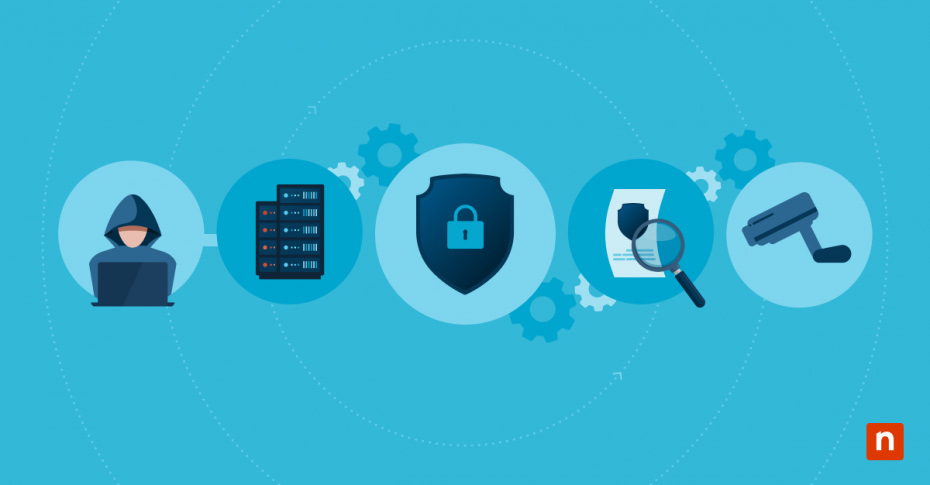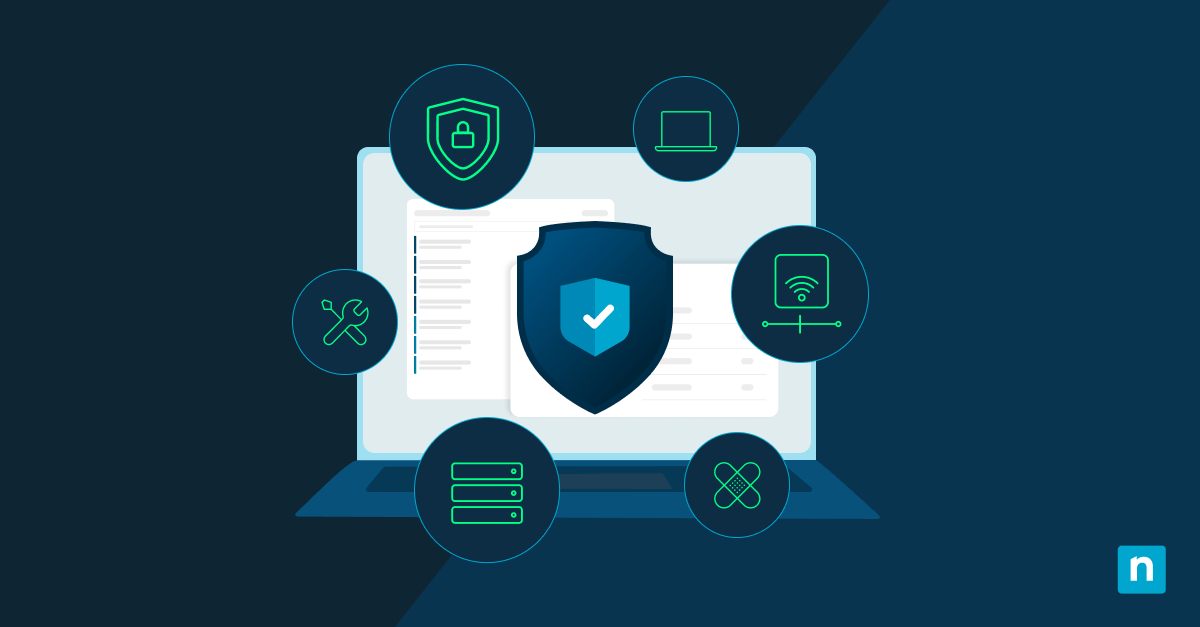Unlike traditional attacks that rely on external malware or exploit vulnerabilities, living off the land attacks allow malicious actors to blend in with legitimate system operations, making their actions harder to detect.
What is a living off the land (LOTL) attack?
The term “living off the land” describes an intrusion technique where attackers use legitimate tools and features of your operating system to carry out malicious activities. A living off the land attack leverages trusted, pre-installed system utilities to avoid detection and execute various activities.
Cyber criminals typically use command-line utilities, scripting environments and administrative tools to instigate an LOTL attack. For instance, they might use PowerShell or Windows Management Instrumentation (WMI) to execute commands, gather information and move laterally within your network.
Key characteristics of LOTL attacks
Living off the land attacks are challenging to detect and defend. Some of their key characteristics include:
Use of native tools
A living off the land attack relies heavily on native tools and features within your operating system. Attackers use the same trusted utilities and commands that system administrators use regularly, allowing them to blend in, execute commands, gather data and manipulate your system — all without introducing foreign code that might be flagged by security software.
Low detectability
One of the most challenging aspects of a living off the land attack is its low detectability. Because the attacker’s activities blend in seamlessly with your normal system operations, they remain undetected for longer periods, increasing the potential damage they can cause. And security systems that rely on signature-based detection methods or look for known malware patterns aren’t as effective.
Minimal footprint
LOTL attacks leave a minimal footprint on your target system. Since attackers do not need to install new software or modify existing system files extensively, they can avoid many of the traces that traditional malware leaves behind.
This minimal footprint makes forensic analysis and post-attack investigations more difficult. Attackers can execute their operations and remove any traces quickly, complicating your efforts to trace their activities back to the source.
Living off the land (LOTL) attack examples
An LOTL attack can take various forms, leveraging different tools and methods. Here are some notable living off the land (LOTL) attack examples:
- PowerShell exploits: Attackers use PowerShell scripts to execute commands, download malicious payloads and establish persistence on your network. PowerShell’s extensive capabilities and built-in trust make it a prime target for a living off the land attack.
- WMI abuse: With WMI, attackers can gather information, execute code and move laterally within your network. WMI’s administrative functions are exploited to perform actions without raising immediate alarms.
- Credential dumping: Attackers use tools like Mimikatz to extract credentials from memory. By exploiting the Local Security Authority Subsystem Service (LSASS), they can obtain passwords and hashes to escalate privileges and access other systems.
- Scheduled tasks: Creating or modifying scheduled tasks lets attackers execute malicious code at specified times or intervals. This method helps maintain persistence and automate malicious activities without direct intervention.
- Living-off-the-land binaries (LOLBins): Legitimate executables such as bitsadmin.exe, certutil.exe and wmic.exe are used to download files, move data and execute commands. These binaries are often overlooked by security tools because they are trusted components of your operating system.
Impact of LOTL attacks on organizations
A living off the land attack can have a significant impact on your organization, affecting your operations, security posture and overall trust in your systems. To develop an effective defense strategy and ensure organizational resilience against such sophisticated threats, you need to understand how these attacks can impact your organization.
Operational disruption
LOTL attacks can cause substantial operational disruption. Attackers can leverage native tools to disable critical services, corrupt data, or interfere with essential processes. These disruptions can halt your business operations, leading to financial loss and damage to your organization’s reputation.
Data breaches and theft
One of the primary goals of LOTL attacks is to access and exfiltrate sensitive data. By using trusted system tools, attackers can move laterally across your network, gathering credentials and sensitive information. This data can include personal information, financial records, intellectual property and other confidential assets.
Increased security risks
LOTL attacks exploit the inherent trust and functionality of legitimate tools, making them difficult to detect with your traditional security measures. This exploitation increases the overall security risks faced by your organization. Attackers can maintain persistence within your network for extended periods, conducting surveillance and planning further attacks.
Financial and reputational damage
The financial impact of a living off the land attack can be profound. Your organization may incur costs related to incident response, system restoration, legal fees and regulatory fines. Additionally, the long-term financial effects can include loss of business opportunities and decreased market value.
Preventing LOTL attacks
Preventing LOTL attacks requires a defense-in-depth approach that includes monitoring native tools, implementing strict access controls and regularly updating and patching your systems. These measures can help reduce the risk of attackers exploiting legitimate system functions for malicious purposes.
Monitor native tools
Closely monitor native tools such as PowerShell, WMI and other command-line utilities. Set up logging and alerting mechanisms to detect unusual or unauthorized activity. For instance, you can configure alerts for specific PowerShell commands or scripts that are commonly used in attacks. By keeping an eye on these tools, you can quickly identify and respond to suspicious behavior.
Implement strict access controls
Restrict access to administrative tools and functions to only those users who absolutely need it. Use the principle of least privilege to ensure that users and processes have only the minimum permissions necessary to perform their tasks, and implement role-based access control (RBAC) to manage and enforce these restrictions. Additionally, consider using multi-factor authentication (MFA) to add an extra layer of security for accessing your critical tools and systems.
Regularly update and patch your systems
Ensure that all your systems and software are kept up to date with the latest security patches and updates. Regularly patching vulnerabilities following best practices can prevent attackers from exploiting known weaknesses in your environment. Use automated tools to manage and deploy updates across your network. Additionally, keep an eye on security advisories and update your defenses accordingly to address new and emerging threats.
Address a living off the land attack with NinjaOne
To safeguard your organization against LOTL attacks, make sure you implement proactive security measures and a defense-in-depth strategy. NinjaOne’s built-in endpoint security tools are a great place to start in preventing LOTL attacks. See how NinjaOne’s Endpoint Security can enhance your security posture.








